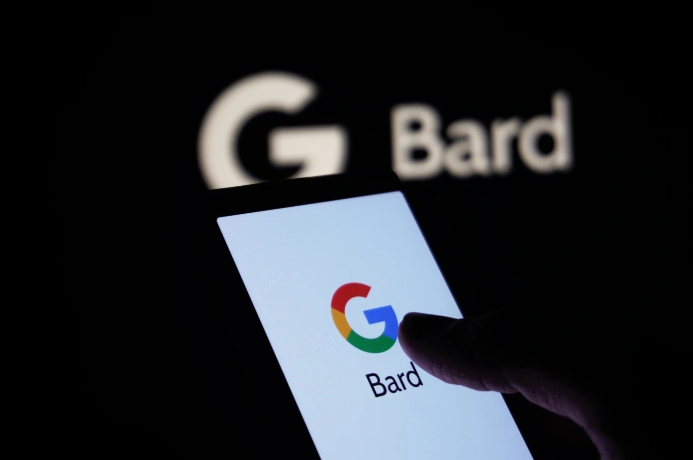By
This guide is designed to show you how to master the basics of Google Bard.
Bard is a large language model (LLM) chatbot developed by Google AI, trained on a massive dataset of text and code. It can generate text, translate languages, write different kinds of creative content, and answer your questions in an informative way.
Bard is still under development, but it has learned to perform many kinds of tasks, including:
- Following instructions and completing requests thoughtfully.
- Using its knowledge to answer questions in a comprehensive and informative way, even if they are open-ended, challenging, or strange.
- Generating different creative text formats of text content, like poems, code, scripts, musical pieces, email, letters, etc. It will try its best to fulfil all your requirements.
To master the basics of Google Bard, you need to understand its capabilities and limitations, and how to use it effectively. Here are some tips:
Understand what Bard can and cannot do
Bard is a powerful tool, but it is not perfect. It can sometimes generate inaccurate or misleading information, especially when asked about complex or controversial topics. It is important to be critical of Bard’s responses and to verify them with other sources.
Bard is also not a replacement for human creativity. It can generate new text formats, but it cannot come up with original ideas. It is important to provide Bard with clear and concise instructions on what you want it to do.
Use natural language prompts
Bard is trained on a massive dataset of text and code, so it can understand natural language prompts. When asking Bard a question or giving it a task, try to use the same kind of language that you would use when talking to a human.
For example, instead of saying “Write a poem about a cat,” try saying “Can you please write a poem about a cat?” This will help Bard to understand what you want and to generate a response that is relevant and informative.
Be specific in your instructions
When giving Bard a task, be as specific as possible. This will help Bard to generate a response that meets your expectations.
For example, instead of saying “Write a blog post about artificial intelligence,” try saying “Can you please write a 1000-word blog post about the ethical implications of artificial intelligence?” This will give Bard a better understanding of what you want and help it to generate a more comprehensive and informative response.
Use follow-up questions
If you are not satisfied with Bard’s response, you can ask it follow-up questions to clarify or refine its response. For example, if you ask Bard to write a poem about a cat and it generates a poem that is too short or too simple, you can ask it to write a longer or more complex poem.
Provide feedback
If you’d like to share your thoughts on the quality or relevance of Bard’s responses, you have the option to do so by utilizing the thumbs-up or thumbs-down buttons located near each answer. By offering this feedback, you’re contributing valuable data that enables Bard to continually refine its algorithms, thereby enhancing its performance and making it more effective in delivering accurate and helpful information over time
Experiment and have fun
Bard is a powerful tool that can be used for a variety of purposes. Don’t be afraid to experiment and try new things. Bard is still under development, so the more you use it, the better it will become at understanding and fulfilling your needs.
Here are some additional tips for mastering the basics of Google Bard:
Use Bard to learn new things. You can ask Bard questions about any topic, and it will try to provide you with a comprehensive and informative answer.
Use Bard to generate creative content. Bard can write poems, stories, code, scripts, musical pieces, and more. Just give it a clear and concise prompt, and it will do its best to fulfil your request.
Use Bard to help you with your work. Bard can help you to write reports, create presentations, generate marketing copy, and more. Just give it a clear and concise task, and it will do its best to help you.
Here are some examples of how you can use Bard:
- Ask Bard to write a summary of a news article or research paper.
- Ask Bard to generate a list of ideas for a new blog post or marketing campaign.
- Ask Bard to translate a text from one language to another.
- Ask Bard to write a poem or story in a specific style.
- Ask Bard to help you to debug a piece of code.
- Ask Bard to write a report or presentation on a specific topic.
Summary
Google Bard is a powerful tool that can be used for a variety of purposes. By following the tips in this article, you can learn how to master the basics of Bard and use it to improve your work, By following the tips in this article, you can learn how to master the basics of Bard and use it to be more productive and creative. We hope that you find this guide helpful and informative, if you have any comments, tips or questions, please leave a comment below and let us know.
Feature Image Credit: Mojahid Mottakin



